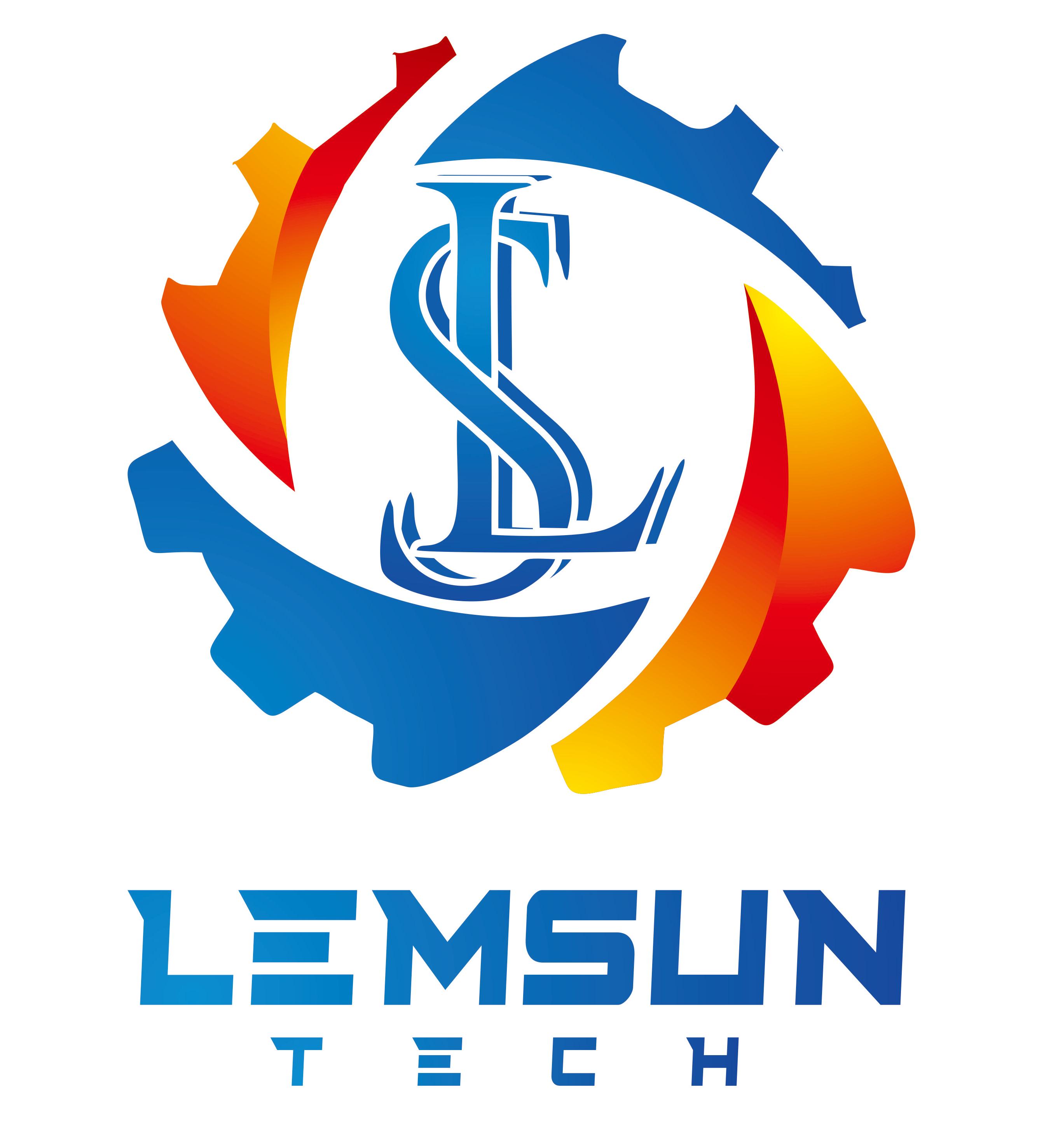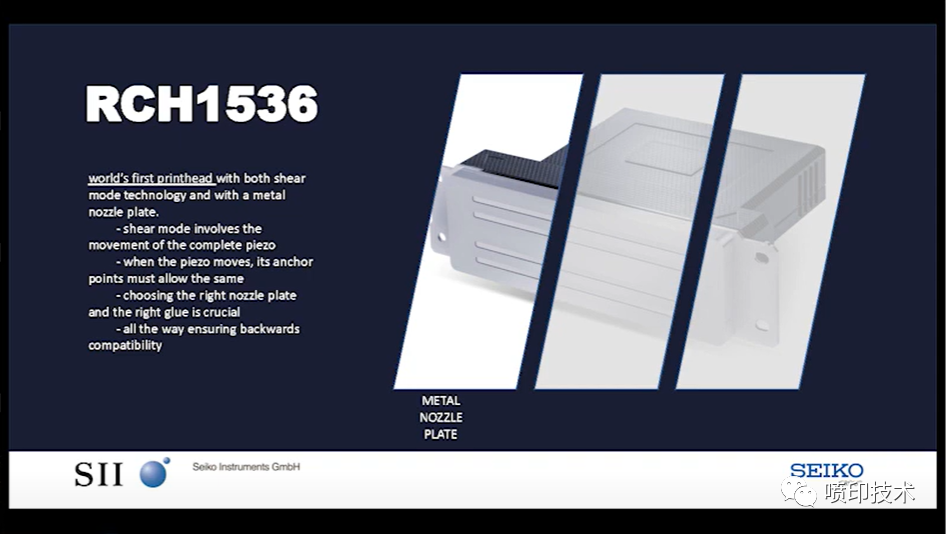Ceramic tiles are getting bigger and bigger; The digital printing market is adapting to this.
Like all other industries in the world, the construction industry and its products must also meet the requirements of sustainability.
The advantage of large ceramic tiles is that they can be laid easily and quickly; Fewer joints provide fewer fracture points, thus also allowing for simple care and maintenance.
Meeting specific requirements will lead to new trends, which place high demands on new products. So how can the digital printing industry contribute to leading new trends in a saturated market? High quality requirements require large area printed images to have a high level of uniformity.
To achieve this goal, three main conditions are required:
Long lifespan of print heads
The shear mode piezoelectric drive structure is responsible for transmitting the energy required for ink droplets to leave the print head and land on the substrate at the desired point. The higher the energy in the ink droplet, the greater the printing distance and faster the speed between the print head and the substrate. The nozzle of the print head is unlikely to be affected by dirt and scratches, resulting in incorrect printed images.
In addition, stainless steel nozzle plates can provide additional protection from external influences. With this, today’s print heads can provide consistently good printing quality for a longer period of time.
Consistency of Large Area Printing Results
To ensure a uniform printing effect on a large area, it is necessary to ensure that the control energy of each nozzle is completely the same.
Taking the RCH1536 print head as an example, it can be explained that due to the isolation channel technology, 1536 nozzles and twice the number of piezoelectric components are required, and a total of 6144 electrodes must be uniformly deposited. Therefore, ensure that each point on the entire width of the print head has the same spraying speed and ink droplet size.
Uniformity must be adjustable not only within the print head, but also between multiple print heads within the print rod. Therefore, using different voltages for different nozzle groups helps with closed-loop optimization, where printing, checking, reprinting, and achieving uniform printing across the entire printing width can be achieved.
Different liquids have higher requirements for various materials of print heads
In fact, the entire production process of ceramic tiles now only requires one type of printhead to cover, which requires the printhead to contain all fluids from sand particles to adhesives, ink, and glaze, and the materials used for the printhead to be adjusted accordingly.
After the improvements were made, engineers conducted multiple practical tests on these print heads in the laboratory, including long-term printing, wiping nozzle plates thousands of times, and conducting density analysis comparisons on printed samples. After the engineer is satisfied with the results, a small number of samples will be deployed on site for long-term testing to ensure that the new print head meets the strict requirements of the large plate ceramic industry.
It is important to understand that this development cannot be achieved solely by printhead manufacturers, but requires collaboration with machine manufacturers and fluid manufacturers. Previously, liquids produced for simulated markets, such as glaze or glue, had to be developed specifically for the inkjet field, taking into account the requirements of inkjet print heads. Then, with the help of various machine manufacturers in the laboratory and on-site, these liquids were thoroughly tested.
Steve Jobs once said a famous saying: “Looking to the future, you can’t connect these dots; you can only look back to connect them.” This sentence aptly summarizes the extraordinary journey of Seiko instruments in the field of inkjet printhead technology. This development approach is a cluster based, closed-loop problem-solving approach that analyzes each problem from multiple perspectives and works together to find solutions. In short, Seiko instruments not only connect the points in their technological journey, but also draw new points and broaden the perspective of possibilities.
If you want to consult our products, welcome to ask price, sent email to
us: lemsun002@126.com.
Post time: Jul-04-2024


